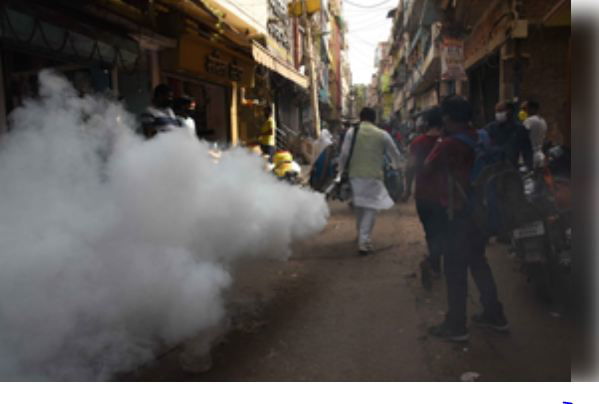Health
Dengue cases surge in Patna, 75 cases detected in five days

Patna, Aug 30
Dengue cases in Patna have been increasing for the past few days, with 15 to 20 patients being admitted to hospitals daily, said officials here.
The city marked the season's first dengue-related death on Thursday.
“Unfortunately, a critically ill dengue patient, Aryan Kumar of Patna City, who was admitted to NMCH, passed away on Thursday. This marks the first dengue-related death in Bihar this session,” Dr Subhash Chandra Prasad, the district infectious disease control officer said.
The number of dengue cases in Patna from January 1 to August 29 has reached 240.
According to an official, several localities in Patna, including Kankar Bagh, Patliputra Colony, Kumhrar, Agam Kuan, Kadam Kuan, Anisabad, Gardanibagh, Jakkanpur, and others, have become hotspots for dengue, reporting the highest numbers of patients.
In response, the health department is working closely with the Patna Municipal Corporation and other district authorities to carry out fogging operations in the affected areas to minimize the threat of mosquito breeding and prevent the spread of the disease.
The state during this monsoon season has registered 656 positive cases since January.
An official noted that the majority of cases emerged in July and August, coinciding with the monsoon period.
Dr Prasad stated: “During every monsoon season, we observe a surge in dengue cases. Therefore, we have established dedicated dengue wards in every hospital and medical college in Patna to provide free treatment to patients.”
At Nalanda Medical College and Hospital (NMCH), a dedicated dengue ward with 55 beds has been set up, and currently, six patients are admitted. Similarly, Patna Medical College and Hospital (PMCH), Indira Gandhi Institute of Medical Sciences (IGIMS), Patna AIIMS, and Sadar Hospital have also established dedicated dengue wards.
Dengue patients typically experience high fever, which can significantly impact platelet counts, causing them to decrease rapidly. If a patient's platelet count falls below 25,000, the risk of internal bleeding becomes significantly higher.
“To address this, we have arranged for the availability of platelets in all hospitals. Blood banks have also been instructed to remain vigilant and preserve platelets,” Prasad added.



































